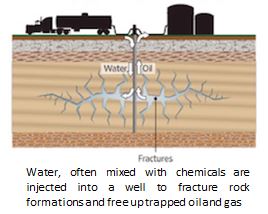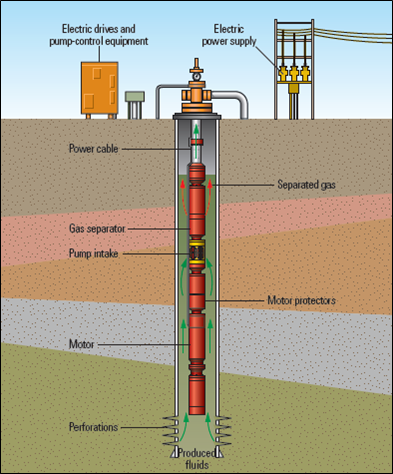Home ❯ Operations ❯ Optimizing the Reservoir
Optimizing the Reservoir
Well Stimulation
Increase productivity with fracturing and acidizing treatments
Well stimulation is a well intervention performed on an oil or gas well to increase production by improving the flow of hydrocarbons from the drainage area into the well bore. Stimulation is the opening of new channels in the rock for oil and gas to flow through easily.
When an oil and gas well is first drilled, production is at its peak from the start. Over time, as the amount of oil and gas remaining decreases, pressure declines and production slows. Well stimulation techniques are typically brought in to help restore the original pressure in order to give the well a boost and bring production numbers back up. There are two basic types of well stimulation: matrix acidization and hydraulic fracturing.
Well stimulation is a highly technical, precise and proven method. Producing more energy while using fewer resources makes good economic sense and reflects the responsibility we feel toward the communities and environment in which we operate.


Electrical Submersible Pump (ESP)
Maximize production, increase run life, and ultimately reduce system life cycle costs
More than 90% of all producing oil wells require some form of artificial lift to increase the flow of fluids from wells when a reservoir no longer has sufficient energy to naturally produce at economic rates or to boost early production to improve financial performance. One of the most versatile and adaptable artificial lift method is ESP.
ESPs provide increased production while handling high water cuts brought on by pressure maintenance and secondary recovery operations. The systems are quiet and safe and require a smaller surface footprint than that of some other lift systems, making them a preferred option in onshore, offshore and in environmentally sensitive areas.

